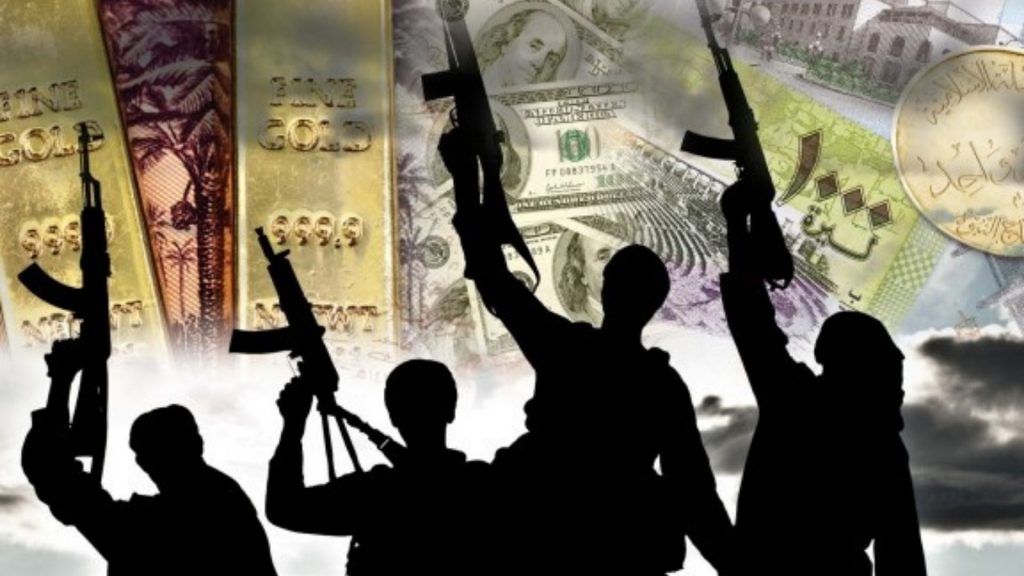Typologies and trends of terrorist financing. After the 9/11 attacks, authorities in the United States went after the financiers of the terrorist attack, especially those who used charitable organizations and unlicensed money channels.
Typologies And Trends Of Terrorist Financing
These were the main routes al-Qaeda used to transfer funds around the world to fund the 9/11 attack. Over time, terrorist groups changed their tact from training and funding a global network of operatives that solely focused on multifaceted attacks to relying on self-radicalized individuals because the latter approach carried out low-cost and unsophisticated yet lethal attacks using firearms, automobiles, and knives.
In the United States, authorities have identified individuals within the U.S who raise large amounts of funds and send the money overseas to support terrorists and criminal acts of violence. Most of the homegrown extremists are brainwashed and radicalized through the internet. However, compared to terrorist groups, their acts of violence have a limited financial footprint.
Today, most terrorist groups use either cash or the traditional financial system to transfer funds. There are few who rely on small donations made via digital assets or online platforms. The emergence of domestic terrorist activity that is either self-financed or that relies on financial funding different from those of radical jihadist terrorist groups further complicates the picture.
Violent Extremists
Violent extremists are motivated by a range of ideologies such as ethnic hatred, racial, anti-authority, or anti-government views. In recent years, more deaths have been caused by domestic elements than international or foreign terrorists.
While sole offenders who back either one or multiple ideologies self-funded and conducted the attacks, other organizations of violent extremists work in a more organized fashion by raising funds through criminal activity such as the sale of paraphernalia.
With the increase of terrorist threats around the world over the last few decades and the simultaneous changes to terrorist financing typologies, the United Nations Security Council (or UNSC) adopted further resolutions, mainly under Chapter VII, to address emerging routes of terrorist financing.
Counter Terrorist Financing
To attain real results, efforts to counter terrorist financing need to rely more on enhanced coordination between the private and public sectors and financial intelligence sharing between countries. In addition, both private sector entities such as banks and public sector financial regulators handle vital information that if shared on time could bolster the efforts made to counter terrorist financing.
In order for the targeted financial sanctions and mandatory measures provided by the Financial Action Task Force (or FATF) to be more effective, it is essential that there is close cooperation between the public and private sector supported with typology identification and risk assessment and that there is enhanced intelligence sharing. Adhering to international human rights standards and following due process is also essential.
Final Thoughts
The terror finance landscape has shifted dramatically over the last decade. Because of the proliferation of ungoverned or under-governed spaces, terrorist organizations have been able to exploit local populations and resources to support their operations. This, combined with a trend toward self-radicalized lone actors and self-financed individuals or small cells, has resulted in a discernible trend toward localized terrorist financing, or funding in place. As a result, some are questioning the efficacy of traditional tools used to combat terrorist financing (CFT).
Such criticisms typically center on the ineffectiveness of financial sanctions against terrorist organizations that control territory, as well as the difficulty financial institutions face in identifying and flagging terror-related transactions. The notion that counter-terrorist financing efforts are primarily focused on tracking the movement of funds through bank accounts and investigating reports of suspicious activity is, however, false. Rather, CFT encompasses broad strategic efforts to protect the integrity of the financial system from exploitation through standard-setting and diplomatic outreach, as well as the identification of emerging threats and typologies and international cooperation.




